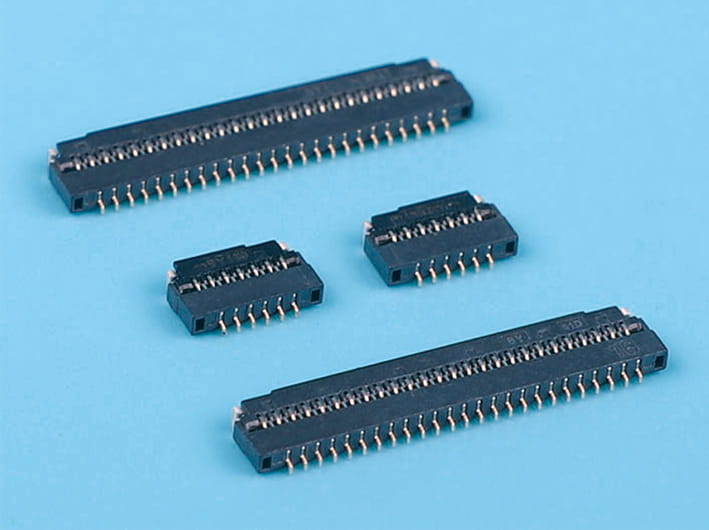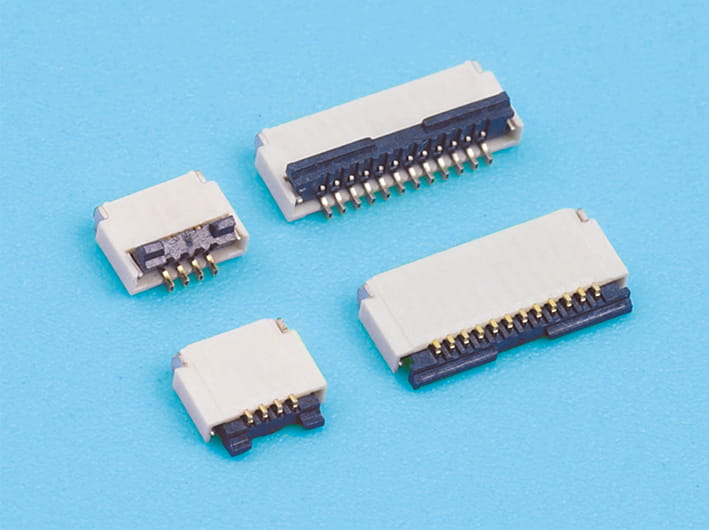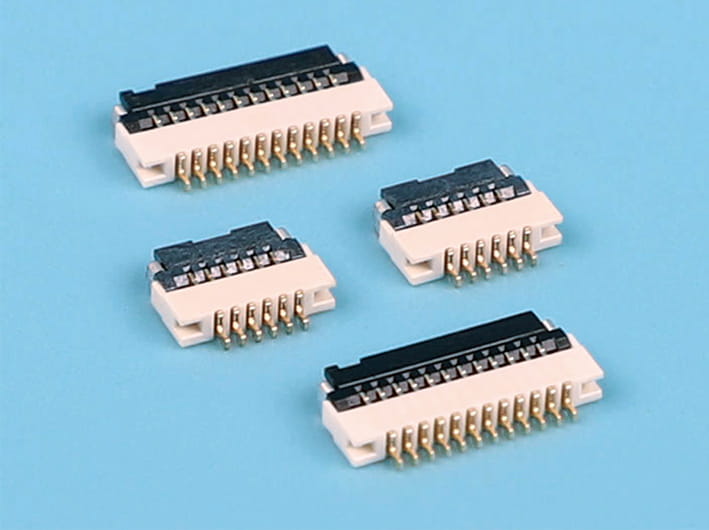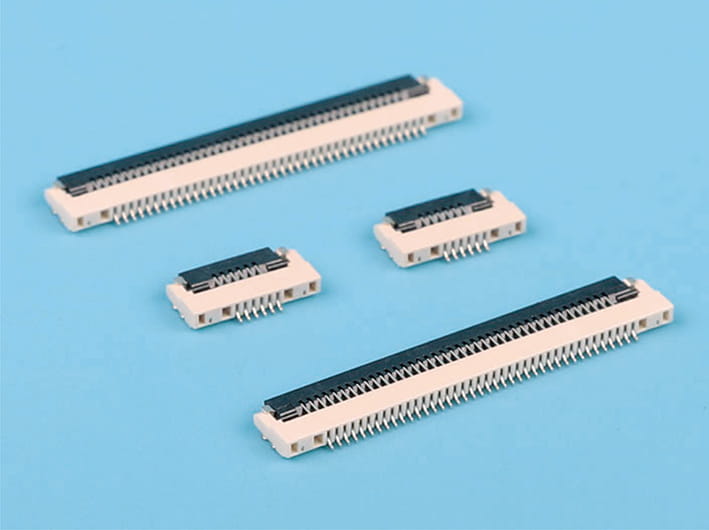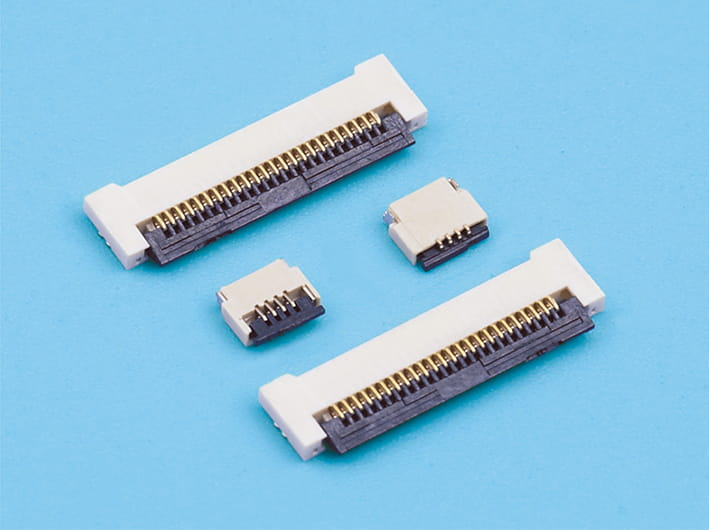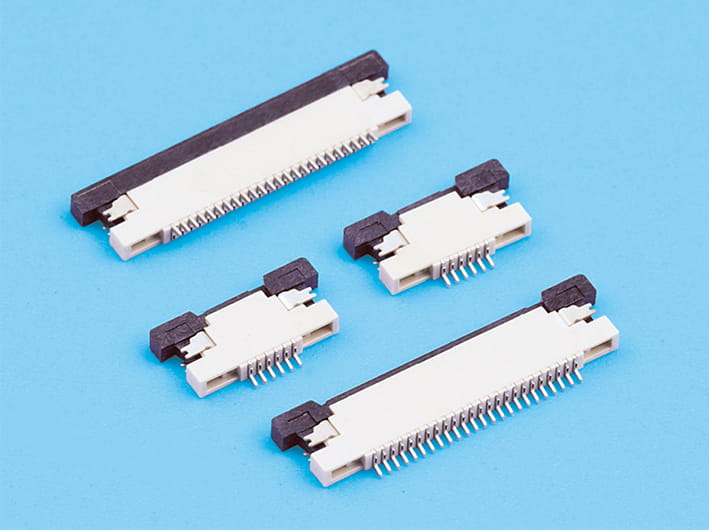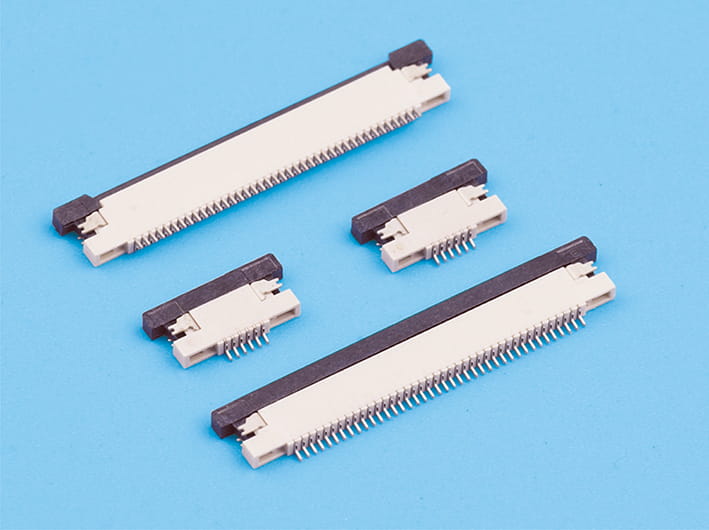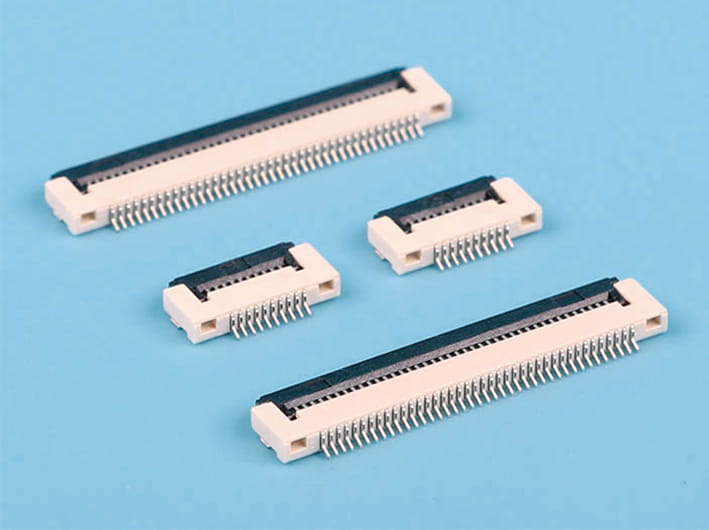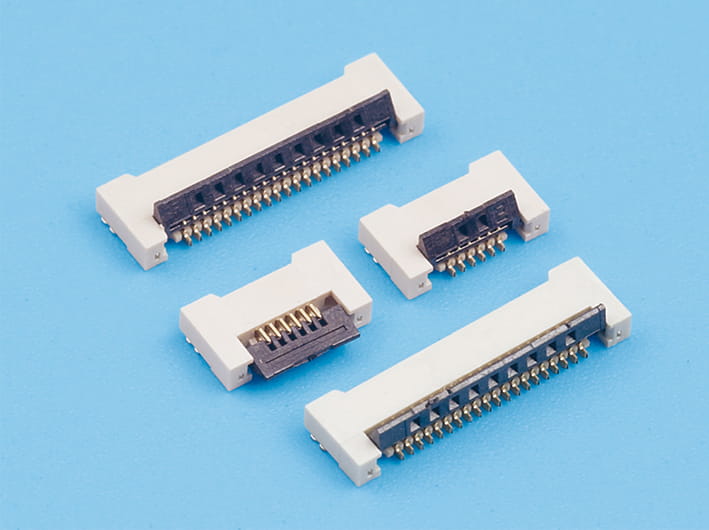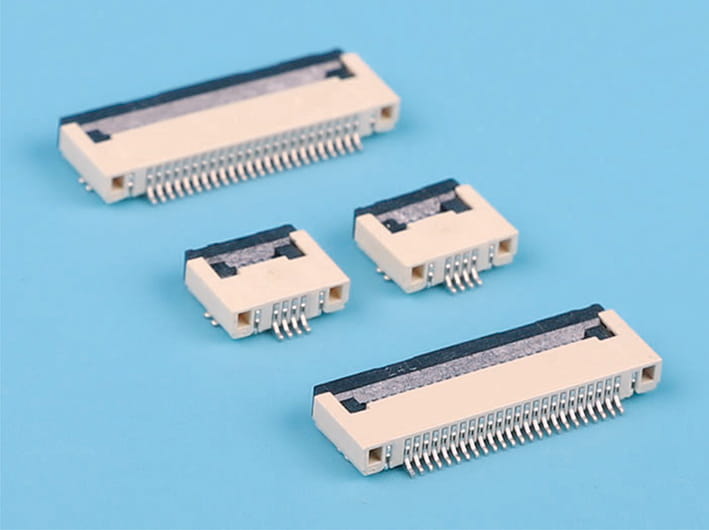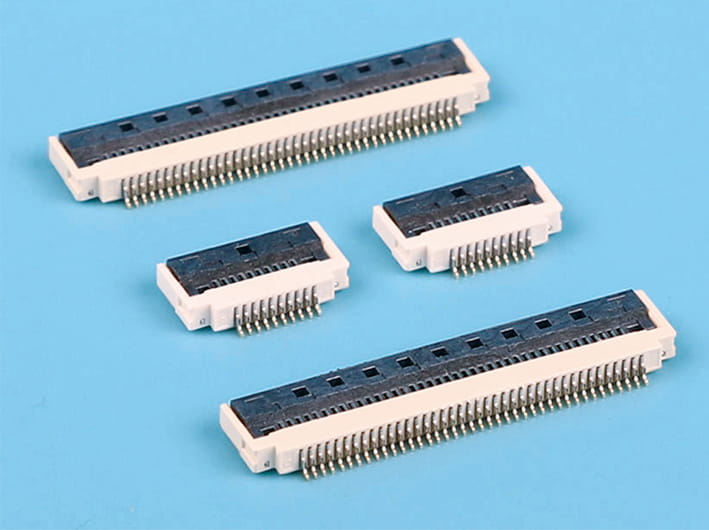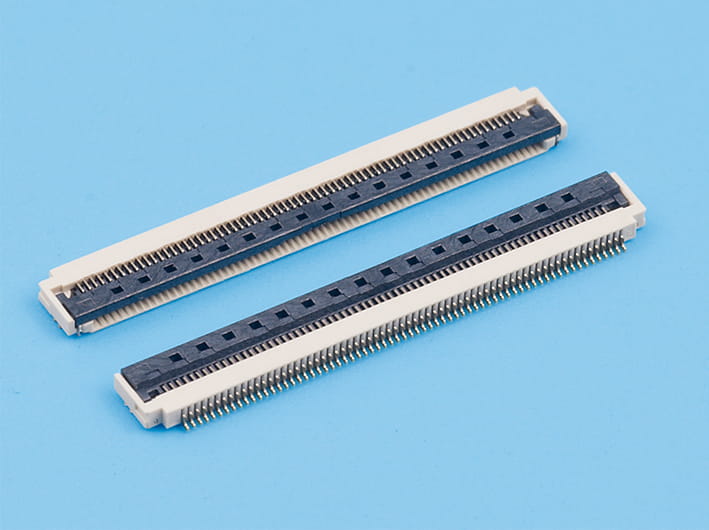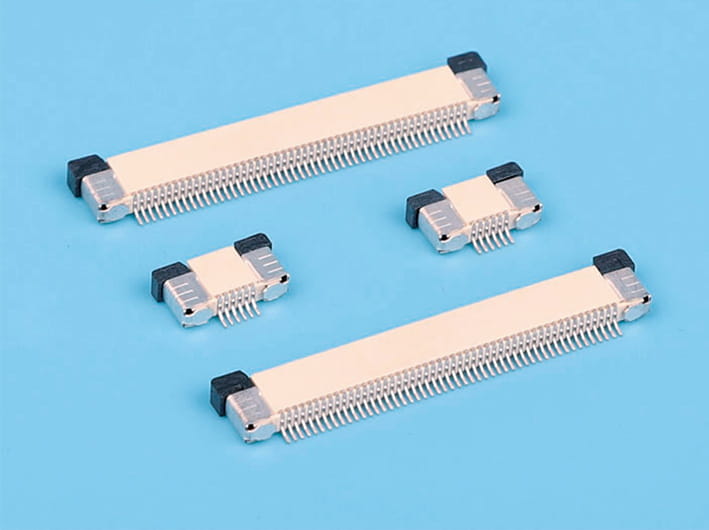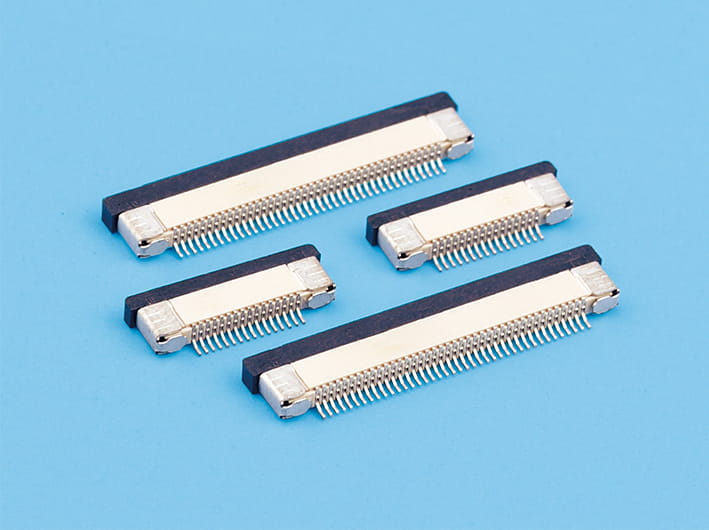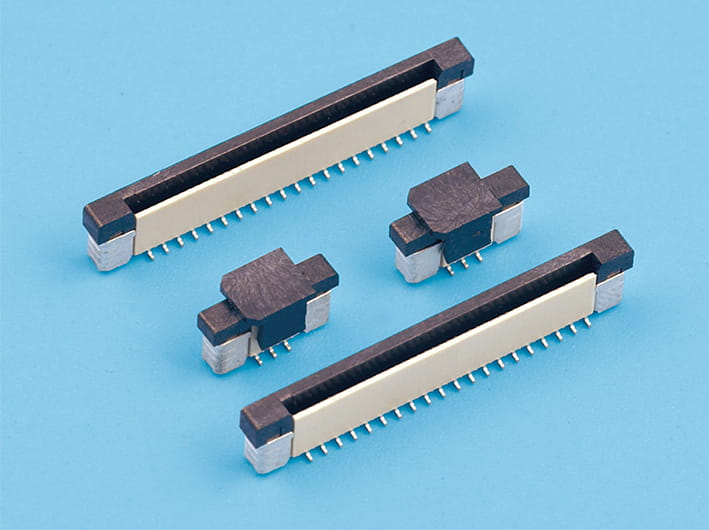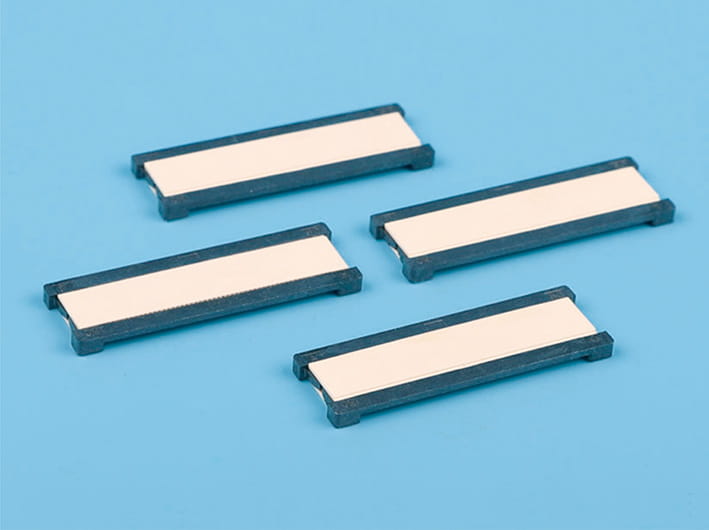Key Advantages of FFC Ribbon Cable Compared to Traditional Round Wire Cables
When selecting cables for electronic devices and systems, engineers often face the choice between FFC Ribbon Cable and traditional round wire cables. Both types serve important roles but have distinct characteristics that make each suitable for different applications. This article explores the main advantages of it over conventional round wire cables, focusing on flexibility, space efficiency, signal integrity, manufacturing, and cost benefits.

One of the significant advantages of FFC Ribbon Cable is its slim and flat profile. Unlike round wire cables, which are cylindrical and often bulky when bundled, it consists of multiple flat conductors arranged side-by-side and embedded in a thin insulating film. This flat construction allows the cable to occupy considerably less vertical space, making it ideal for modern electronics where compactness and space-saving designs are critical. Devices such as laptops, smartphones, and cameras benefit from FFC Ribbon Cable’s minimal thickness, which helps manufacturers reduce device size and weight without sacrificing functionality.
Flexibility is another key strength of it. The flat structure enables the cable to bend easily in one plane, allowing for efficient routing through tight spaces and around corners. While round wire cables can also be flexible, they tend to be stiffer when bundled together, and their multidirectional bending can sometimes cause internal conductor stress and breakage. FFC Ribbon Cable’s predictable bending behavior reduces mechanical fatigue in dynamic environments, extending the cable’s service life, especially in devices with moving parts like printers or robotic arms.
Signal integrity and electrical performance represent a third advantage. The parallel conductor layout of FFC Ribbon Cable allows for consistent conductor spacing and impedance control, which are crucial for reducing signal interference and crosstalk. Round wire cables, particularly those bundled loosely, often experience more variation in conductor spacing and potential electromagnetic interference. Moreover, the thin insulation and uniform conductor geometry contribute to improved high-frequency signal transmission, making it well-suited for digital communication and display interfaces.
From a manufacturing perspective, FFC Ribbon Cable offers benefits in automation and consistency. The flat cable can be produced in continuous rolls with precise conductor placement, which facilitates automated assembly and connection processes. This contrasts with round wire cables, which often require more manual handling, twisting, or bundling to form harnesses. Additionally, the simplified structure of it reduces the complexity of connector design, enabling smaller, lower-profile connectors that integrate easily with printed circuit boards (PCBs).
Cost efficiency is another factor favoring FFC Ribbon Cable in many applications. The streamlined manufacturing process and reduced material usage for insulation contribute to lower overall costs, especially in high-volume production. Furthermore, the ease of installation, thanks to the cable’s flexibility and flat shape, reduces labor time and potential rework. While round wire cables may offer advantages in certain heavy-duty or outdoor scenarios due to their ruggedness, they excel in consumer electronics and controlled environments where cost and space are critical.
Thermal performance and heat dissipation also tend to be better managed in FFC Ribbon Cable. The flat layout exposes a larger surface area relative to volume, which helps dissipate heat more effectively than tightly bundled round wires. This property is particularly valuable in compact electronic devices where heat buildup can affect performance and reliability.
Environmental considerations also come into play. FFC Ribbon Cable’s reduced use of plastic insulation and lighter weight contribute to less material waste and lower environmental impact during manufacturing and disposal. This aligns with the growing industry focus on sustainability and greener electronics.



 English
English 中文简体
中文简体 Español
Español عربى
عربى